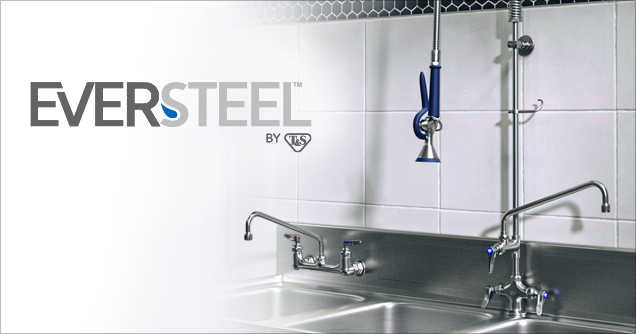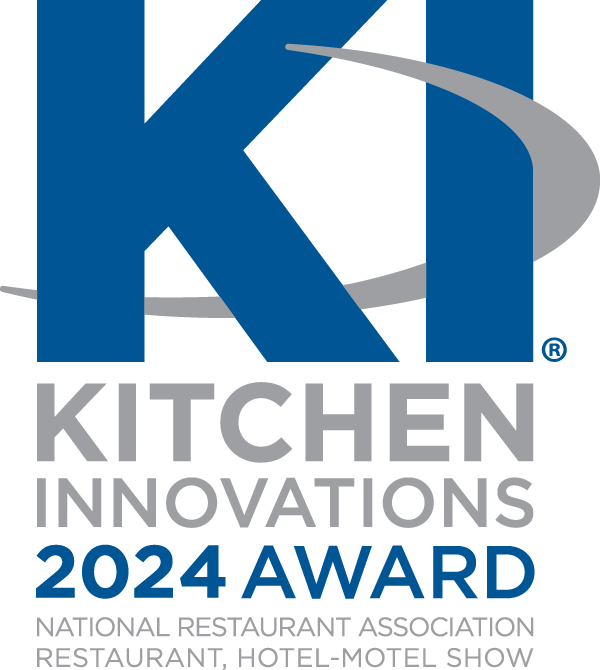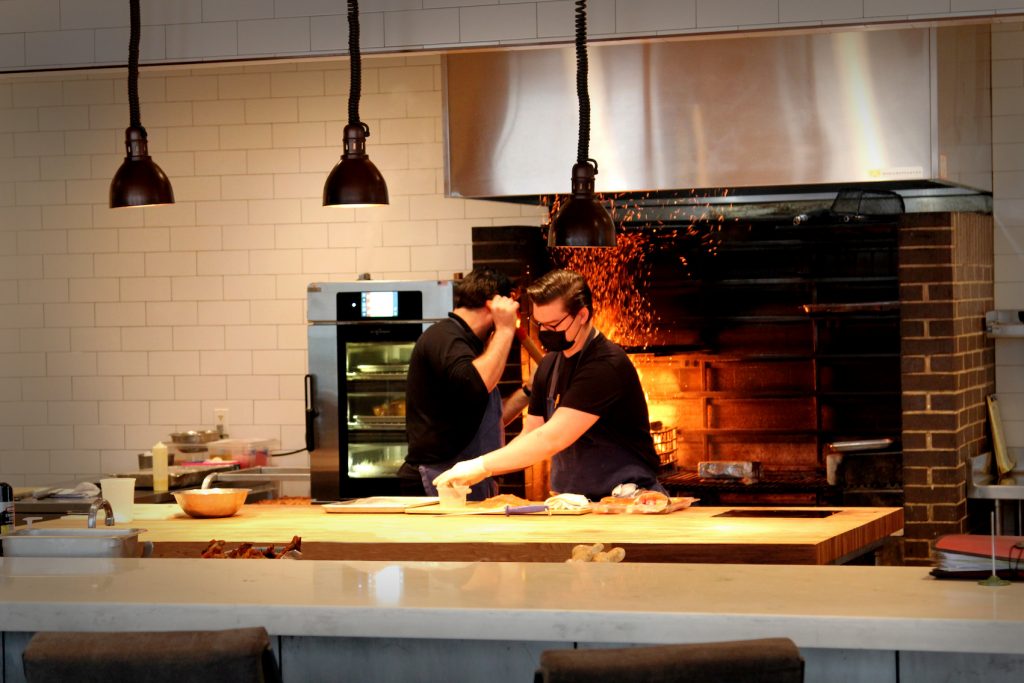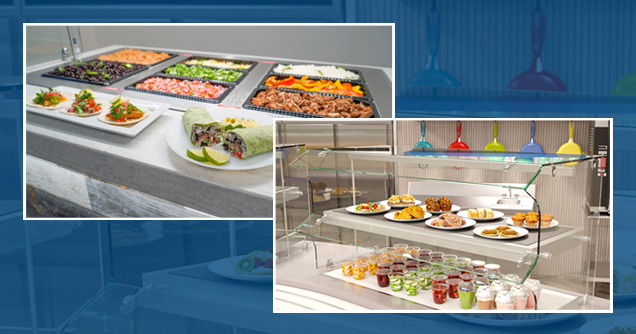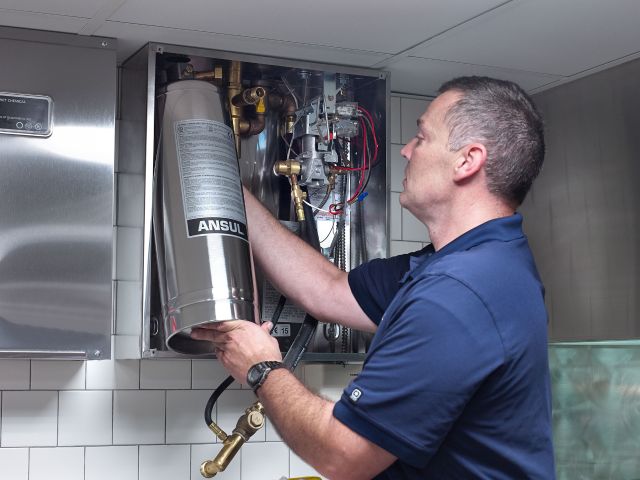
Fire poses a significant risk to commercial kitchens, particularly in restaurant and hotel environments. As well as the potential health and safety threat to employees, fires can severely impact businesses. For example, it is widely reported that 80% of businesses that are affected by fire either never re-open or fail within 18 months. It is therefore integral that clear safeguards are put in place to ensure both people and the building remain safe, and business operations experience minimal disruption.
While previous standards existed to protect commercial kitchen spaces, they often provided conflicting information. A new EU standard, EN 16282-7, is being introduced to help harmonise legislation across the industry and bring together consistent hazard classification, performance testing, and service and maintenance guidance.
Part seven of EN 16282 is particularly crucial for fixed fire suppression system design, as it includes specific technical guidelines to cover areas, such as design calculations, filter media and air inlets. In addition, by encouraging the use of performance tested and independently certified fixed fire suppression systems, the new guidelines will change the face of the industry.
Not all standards are created equally
The new EN 16282-7 standard will be fully implemented by the end of January 2018, and will have long-term implications across the EU. While not a legal requirement, EN 16282-7 sets an unprecedented standard for the protection of commercial kitchen spaces. It will replace local standards, such as DIN 18869-6 in Germany. Currently, practices vary between countries, where the lack of consistency means that not all hazards are equally protected. Commercial kitchen owners and operators may instead choose to only protect certain equipment, such as deep-fat fryers, over other appliances, primarily due to cost.
Part seven of the new standard will affect the use of fixed fire suppression systems, which concerns restaurant and commercial kitchen designers, operators and owners. Applicable to ventilation systems in commercial kitchens, the standard will also ensure associated areas are considered safe.
However, the updated guidelines differ from previous models, as all hazardous cooking appliances are assessed for potential fire risks – from fryers, to charcoal grills and open ranges. It is the only EN 16282-7 standard that recommends performance testing across multiple appliances. Not only this, the new standard will require the scope of testing to be provided – helping to identify any appliances that have not been tested quickly and easily. This differs from all previous test protocols, which usually focuses on only the fryer and ventilation systems. This is a critical consideration as not all commercial kitchen cooking equipment functions in the same way, and therefore present different fire risks. The guidelines also advocate testing via an independent third party, to guarantee a safe working kitchen.
Making an impact
The level of awareness of fire risks to commercial kitchens varies greatly across EU countries and the food service industry in general. However, the new standard aims at raising this awareness, to bridge the current knowledge gap. Despite the threat of a wide range of different appliances, kitchens are not consistently designed with fire protection in mind. Given that most kitchen designers do not specialise in fire protection, it is perhaps understandable that it has not always been a key consideration. Not only this, but operators and owners have historically favoured investing a greater proportion of kitchen equipment budgets into additional or higher performance appliances, or choosing to reduce costs, rather than prioritising a fire suppression system.
While implementing the new standard may incur higher initial costs, the consequences of not having a compliant system in place could be far worse for businesses. The new technical guidance framework looks likely to be adopted by insurers when defining policies for commercial kitchens. The way in which specific equipment, assets and business continuity are insured could change the future of the industry. For example, insurance companies may not pay out in the event of a fire if a fire suppression system does not conform to the standard. The consequences of not receiving financial reimbursement following fires in hotel and restaurant commercial kitchens can be serious. Downtime costs and business disruption can severely affect business revenue, and could potentially increase insurance premiums.
Mitigating hazards
One of the key factors for consideration when assessing appliances is the potential hazard of grease-laden vapours. As this is not part of current best practice in commercial kitchen risk assessments, there is a low level of awareness. It is therefore vitally important when conducting a risk assessment that the kitchen operator considers all appliances equally – particularly when many use different types of heat sources. Appliances such as charbroilers can use natural fuel, making it impossible for systems to shut-off the heat source. In addition, under the new regulations, if one appliance under a kitchen hood is protected, then all appliances in the same space must also be protected to their unique specifications. This has a subsequent effect on fire suppression systems, as only those that are performance-tested across all appliances are applicable in these circumstances.
The new guidelines look set to create a significant impact on the market, as they will place additional emphasis on the importance of third-party tested systems. Installation companies and manufacturers of fire protection systems will be encouraged to provide all the necessary details for certification, including details of the last inspection date and the scope of testing. Furthermore, only factory trained and certified technicians will be able to conduct installation and service work on the system. This will help ensure fire suppression systems are correctly inspected, serviced and maintained at regular intervals, in accordance with the manufacturers’ guidelines. Having access to this information via a log book in the kitchen will also be crucial to proving the space is safe at any time.
The right restaurant protection systems
There are fire suppression solutions that can be implemented in commercial kitchens that not only meet the new guidelines, but also raise standards in the industry. The ANSUL R-102 and PIRANHA systems meet the needs of commercial kitchen owners and operators. Features include a mechanical system, meaning there is no further back-up required in the event of a fire occurring. Plus, as both are pre-engineered systems, there is no need to tailor the design to suit different types of hazards and equipment. For example, maximum and minimum pipe lengths, as well as varied types of nozzles can be employed to suit multiple kitchen designs. Importantly, ANSUL fire suppression systems are unobtrusive to the kitchen’s design configuration and aesthetics, to ensure minimal impact while running restaurants.
ANSUL fire suppression systems are also certified to UL Test Standard 300: the only standard that demands performance testing across multiple appliances. Plus, they have been tested in conditions such as with longer pre-burn times and higher temperatures over a prolonged period.
For kitchen owners and operators looking for reassurance about their fire suppression solutions, the new standard also recommends that all individual technicians who come into contact with the system are fully trained and certified by the original manufacturer. It is therefore extremely important that fire suppression technicians responsible for the design, installation and servicing of the systems can demonstrate their credentials with up-to-date documents. Authorised ANSUL distributors receive ID cards for each trained and certified technician, making it easier to comply with more rigorous and stringent training and standards.
In addition, a trained, authorised network of installation and service partners can offer impartial guidance on the protection against multiple risks, including both appliances and extraction ductwork.
The future of fire suppression
The launch of the new EN 16282 standard has reaffirmed the importance of having the correct fire suppression system in place. As well as ensuring safety in commercial kitchens, it is designed to improve peace of mind for kitchen owners and operators. While initial capital costs of implementing an effective fire suppression system to meet the new guidelines can be high, the potential total cost from not having the right process in place would be much higher. For example, having a fire suppression system in place would minimise downtime costs and loss of revenue, as well as encourage reductions in insurance premiums and business disruption costs.
Fire safety continues to be a complex consideration in commercial kitchens, given the variety of appliances and cooking methods used in a confined space. This is ultimately a challenge for putting out fires and keeping them suppressed. As such, using a fire suppression system that complies with EN 16282-7 ensures that kitchens will be protected in the event of a fire.
Given the renewed focus on fire safety, demand for fire suppression systems in commercial kitchens is predicted to continue to grow, ensuring the systems and services offered are comparable across the industry. This appears particularly likely as kitchen owners become more aware of the risks of not having a reliable strategy in place – and the potential consequences. The impact of the new technical guidance could be wide-reaching, with the insurance industry adopting the framework as a way of encouraging a standardised system.
Chris Prideaux is head of sale sfor Johnson Controls ANSUL brand Restaurant Systems, Europe and Africa; Jan Waldow is product manager for Johnson Controls ANSUL Pre-Engineered Systems, EMEA.
ANSUL is the premium fire suppression product brand of Johnson Controls.

